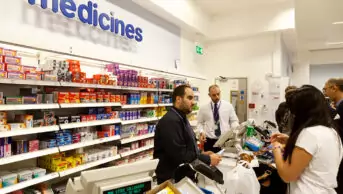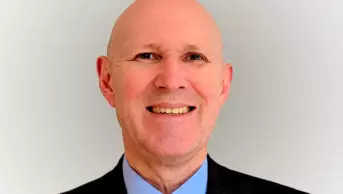
istockphoto.com
The question of which new medicines the NHS should fund is rarely out of the headlines in the UK.
The debate boiled over again in September 2015 over the downsizing of the Cancer Drugs Fund. As with all drug funding decisions, the discussion centres on whether the NHS should spend its limited resources on new treatments that may benefit the health of certain patients at the expense of others.
This is because, within a fixed budget, fresh expenditure on new drugs requires funds to be withdrawn from existing services or treatments.
By logical extension, such decisions can never be taken in isolation – the impact on all patients must be considered, not just those eligible for treatment. Seldom is this mentioned in the furore that usually accompanies a negative ruling by the National Institute for Health and Care Excellence (NICE), which is tasked with making recommendations as to whether the NHS should fund health technologies in the UK.
Which treatment benefits patients actually value most is even less frequently discussed. A drug may address the primary clinical symptoms of the disease, but does it reduce pain or improve mobility?
Moreover, who should determine the weighting of these various preferences when assessing a drug’s true value to the nation’s health?
This issue surfaced at the International Pharmaceutical Federation (FIP) 2015 conference in Dusseldorf, Germany.
Allan Wailoo, professor of health economics at the University of Sheffield, is the director of the NICE Decision Support Unit. Addressing the FIP conference on 2 October 2015, he explained how, in basic terms, NICE decides whether a new drug is a good use of NHS funds at the manufacturer’s price by calculating whether it would lead to a net gain or loss of health.
NICE uses Quality-Adjusted Life Years (QALY) to measure clinical effectiveness: how many extra months or years of life in good health a treatment can add. It is also a level playing field, where the impact of different interventions across different disease areas can be compared.
NICE recommends the NHS should pay around £20,000-£30,000 to gain one QALY. Drugs that cost more per QALY than this “threshold” are less likely to be funded.
Generic outcome measures are used to inform the QALY calculation where such data are available. Typically this is the EQ-5D score, which looks at mobility, self-care, anxiety/depression, usual activities and pain. Other disease-specific tools include DEMQOL in dementia or AQL-5D in asthma. NICE also has patient input on its expert review groups for technology appraisals.
However, licensing rarely requires these quality-of-life scores to be used, Wailoo said, although some manufacturers are beginning to add them to their clinical trials.
Wailoo – like many commentators – believes patients should be more involved in trial design. “There does tend to be a focus on particular symptoms, [whereas] things like EQ-5D, crude as they are, ask people: how does this affect the things that you like to do? Which is ultimately what’s relevant.”
In addition, a growing trend is to consider broader measures of outcomes; not just health, but overall wellbeing and even wider societal impact too.
Traditionally, health gain from health technologies is treated equally, regardless of the disease area or patient characteristics. Wailoo said there are a host of other factors that could in theory be considered: the burden of illness, for example, or, controversially, whether the person’s behaviour has contributed to the development of disease.
The question is: who should decide whether these factors are included?
We already have examples where popular opinion is not followed. The UK is willing to pay more for drugs that extend life expectancy by at least three months in patients receiving end-of-life care, as much as £50,000 per QALY, even though there is “very little evidence” that the public agree, said Wailoo. “But we do it anyway.”
In the case of innovative new drugs, should we be prepared to exceed the threshold – effectively leading to a net loss of health gains overall – to incentivise research and development?
Wailoo believes we are too caught up in the idea of “innovation”. “What we’re interested in is: what does it do to patients? Here’s what I would define as an innovation: it must be a step-change for patients, which would result in very large benefits, very large numbers of QALYs… combined with some element of novelty of the technology.”
Perhaps it’s time for a wider debate about what we as a society value most from treatments. But would we all agree?
Ultimately, the only way to ensure the NHS funds the right treatments for the right price is to understand better what patients want from them. Clinical trials must be designed around patients’ needs, not only what will lead to a licence.
You may also be interested in

Lack of joined-up working between pharmacy and general practice is ‘nonsensical’, says former BMA chair

Pharmacy leaders warn of pressures on ‘exhausted, overworked’ pharmacists during longest doctors’ strike in NHS history
